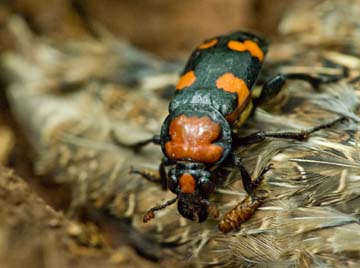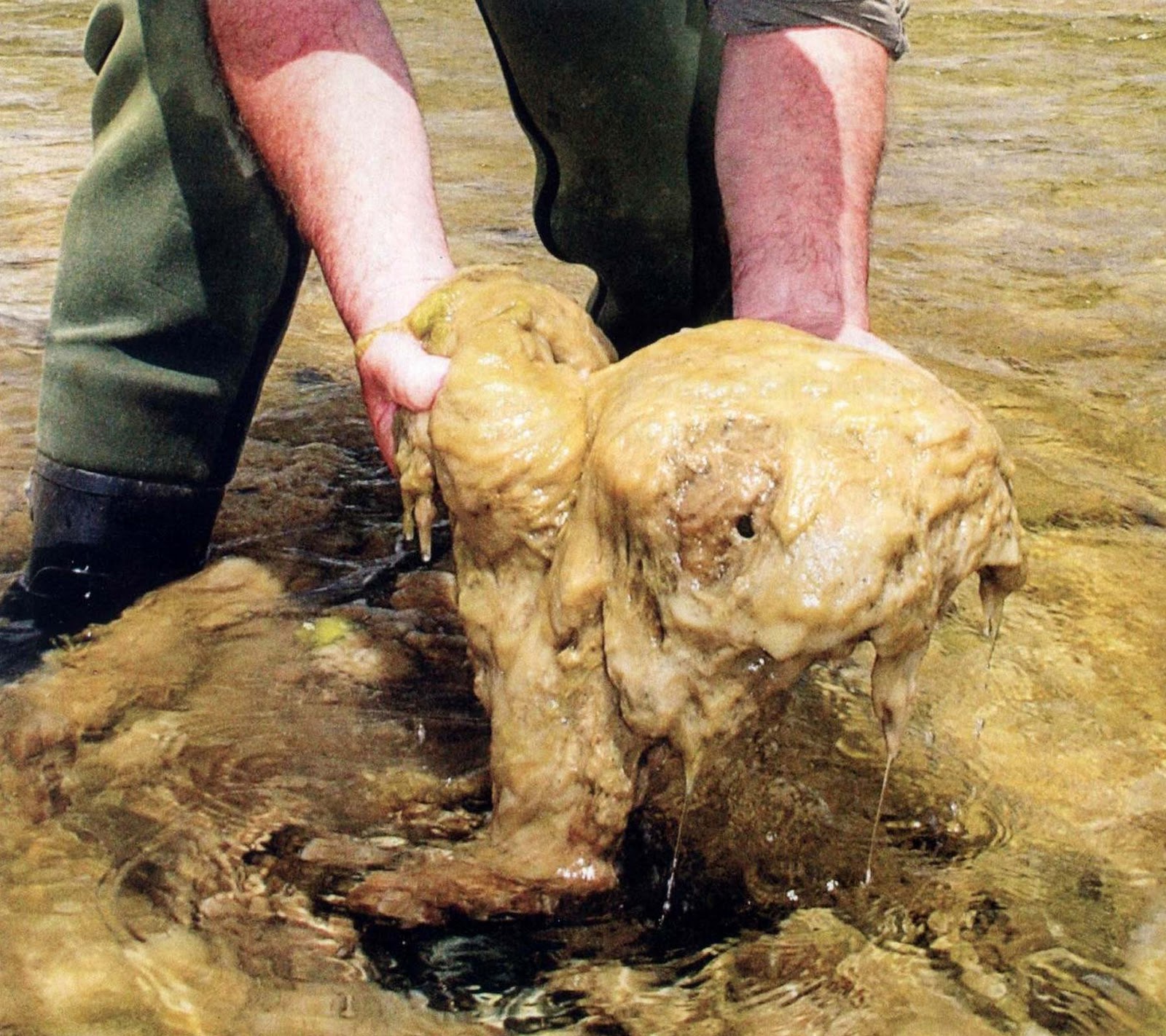 “The last documented American burying beetle in Missouri was collected from Newton County (southwest Missouri) in the mid-1970s,” says a US Fish and Wildlife press release. “Historically, It was recorded in 35 states, including 13 counties throughout Missouri, and was most likely found throughout the state.”
“The last documented American burying beetle in Missouri was collected from Newton County (southwest Missouri) in the mid-1970s,” says a US Fish and Wildlife press release. “Historically, It was recorded in 35 states, including 13 counties throughout Missouri, and was most likely found throughout the state.”
In June, the federally endangered beetle will return to the Missouri prairie, with the reintroduction of American burying beetles bred at the St. Louis Zoo. The zoo-bred beetles will be released on The Nature Conservancy’s Wah’Kon-Tah Prairie (link to more info about the reintroduction).
Local news reports seem to be focusing on the fact that this population has been declared “experimental,” so the usual Endangered Species Act protections don’t apply.
Springfield News-Leader
St. Louis Public Radio
Photo courtesy of US Forest Service






